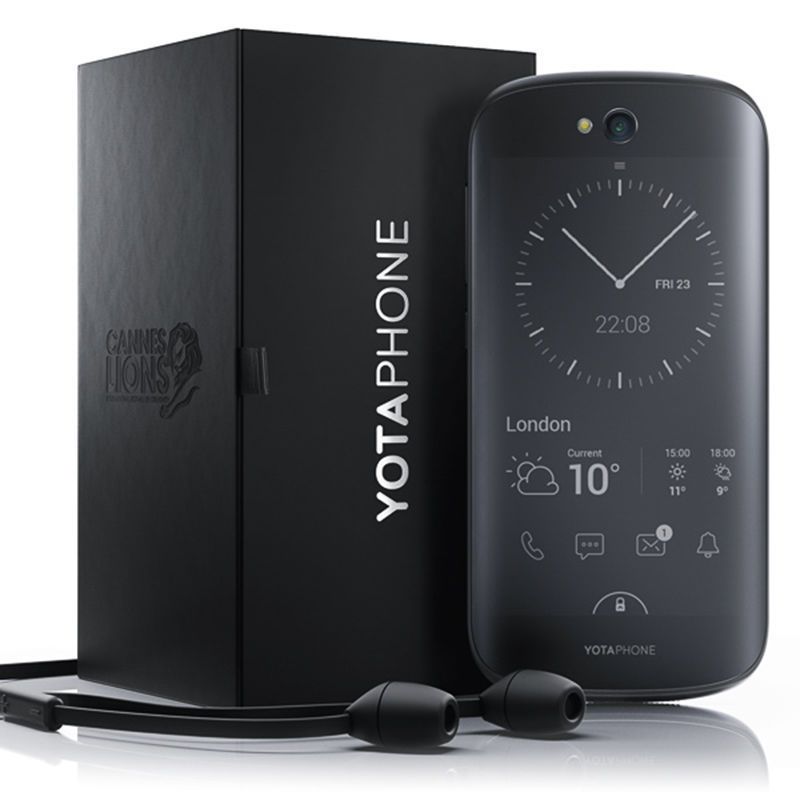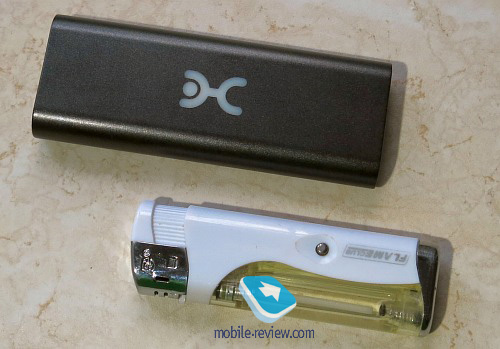Sometime we are not able to access internet on our system which become a major issue for us and the first thing we do is calling our internet service provider, but in many cases internet service provider says that there is no fault form their end as everything is working fine from their side. In this type of situation their might be something wrong with our Lan card. Before we try to figure out what could be wrong with our Lan Card, let’s try and understand the basics first.
- Drivers Yota Network & Wireless Cards Online
- Drivers Yota Network & Wireless Cards Free
- Drivers Yota Network & Wireless Cards Download
- Drivers Yota Network & Wireless Cards Login
HP Wireless Button Driver 1.1.2.1 on 32-bit and 64-bit PCs. This download is licensed as freeware for the Windows (32-bit and 64-bit) operating system on a laptop or desktop PC from drivers without restrictions. HP Wireless Button Driver 1.1.2.1 is available to all software users as a free download for Windows. Download and install Wireless & Network Drivers How Do I Install Driver updates? To fix your Drivers problems you will need to know the particular model of the Wireless & Network device you are having problems with. Once you have the details you can search the Wireless & Network website for your drivers and, if available, download and install these drivers.

So! What is a LAN card and how much should we know about it? It’s not a complicated piece of circuitry, is very easy to use; and compatible with all the devices that connect to the internet. If you have more than one computer that needs to be connected to the Internet source, then a LAN card is the magic wand!

Drivers Yota Network & Wireless Cards Online
A brief about the benefits of LAN
A local area network (LAN) server is a program that “serves” the resources (files, storage, application programs, printers, and other devices) for a number of attached workstations.
As large scale business industries or universities, etc uses Wired Network Topologies system.
It is a group of computers and the associated devices which are connected to a common shared network line or Wi-Fi. The two most common technologies used for LAN Networking are Ethernet (wired) and Wi-Fi (non-wired). Some common advantages of the LAN are:
- The ease of sharing files between two nodes by saving data on the LAN Server
- The read and write access of the data is always maintained by the Network Administrator, thereby increasing the safety of data
- You can order a print and avail other services as needed through the various applications which are being run on the LAN server
- A LAN server may also be used as Web Server if proper safeguards are taken for the security of the internal applications
There is also a theoretical model in computer networking called OSI (Open Systems Interconnection). This model, or way of explaining networks, includes seven layers. The first two layers are the physical layer and the data link. Each layer of the OSI model allows for other layers to be independent. Upgrading or changing one layer does not affect the others.
How to find Lan card model

Drivers Yota Network & Wireless Cards Free
To segregate simply, let’s just say that there is ‘hardware’ and a ‘software’ component in a LAN Network. Nothing more mind boggling really!
Consisting of the computers that are connected, the LAN card, cables and connectors and Router / LAN switch is what constitutes the Hardware of a LAN. Looking at the products available in the market today, the original LAN card has been superseded and now all we have is the LAN port which has been installed in the motherboard itself. Follow the steps to see which network interface you are using:
- Press windows key + R on your keyboard.
- Now type ‘devmgmt.msc’ in the run command box and click ok to open ‘Device Manager.
- Click on the ‘Network Adapters’ in ‘Device Manager’ to see your NIC(Network Interface Card).
Note: This process will work on windows XP, 7, Vista and 8.
A trouble in any one of the computers that are connected to the LAN could cripple the whole network. So if you have set up a LAN then you should be able to troubleshoot some of the normal issue that may come up before you impulsively call the Network Admin. Another issue could be some network drops in the services provided by the network provider itself. This would again disable any functioning of the LAN. So any issue with the server itself, is translated as the issue of the entire network.
With the development of technology, the wireless type LAN (local area network) is now mostly preferred. The computers with the wireless LAN Card can transmit and receive data via radio waves using the special technology of SST (Spread-Spectrum technology).
How to check Lan card Driver
A LAN card driver is the software program which is used for translating the LAN card and the computer OS that would be accessing it. Installation of the driver is a one-time process and most of the issues that may crop up in the seamless use are related to the corruption of the drivers.
Steps to check your lan card driver:
- Press windows key + R on your keyboard.
- Now type ‘devmgmt.msc’ in the run command box and click ok to open ‘Device Manager.
- Click on the ‘Network Adapters’ in ‘Device Manager’ and right click on your NIC(Network interface card) and select ‘Properties’, then ‘driver’.
For most of the devices you can download the free driver here.
Some common issues of the LAN Card Driver

- Not able to connect to the network: This means you have an improperly installed or a corrupt driver. In such cases you cannot ping the network and you may not be able to locate it as well. In this case you basically need to update the driver or uninstall it and then reinstall it.
- The computer cannot find the device: This means that your drivers are in conflict with computer and the OS does not recognize the driver and this mostly happens due to the registry issues of the Windows OS. To know more about registry issues click here.
- LAN is connected but does not function properly: This is definitely a poorly crafted driver or a damaged/corrupted driver.
Trouble shooting the above issues is as simple as re-installing the driver. You should always check the cables and connections to ascertain the absence of any loose cabling connections as well. If the network still has issues then you need to change the LAN card. It can be damaged with prolonged use. Many times everything seems to be okay with the internal connections and the drivers, yet the connection to the network fails. At this time, it is not the LAN card which is at fault, but it is your service provider which needs to be contacted, Conflicting double IP’s could also be responsible for this.
Steps for troubleshooting if your LAN Card isn’t working
If your computer is not connected on the network, youcan easily blame the LAN card for it. But surprisingly this issue can be caused due to many other problems also. To identify what could be causing this here are a few steps to be followed.
- Step 1. First check the internet connection. A cable box, a dish, a router, anything that is providing you the service needs to be checked. Call your service provider to confirm whether the fault is at their end or something is wrong at your end. And if the internet connection is not the problem, then you can become to engineer yourself. Here is how!
- Step 2. Check the cables. Take another cable on the network and plug it into your computer to see what happens. If your computer can connect then the cable has to be changed. Also, if you are on ETHERNET, the wired internet, then try swapping to the Wi-Fi option if you have one. Many times the Ethernet may be working but because of some fault with the router, the Wi-Fi is not and vice versa. Check this and if the problem persists read the next step.
- Step 3. Test your software now. So now you know that there is nothing wrong with the hardware, time to check the software. The easiest thing to do is to begin with rebooting (Restarting) the computer. Once you have done this, you now need to check the status of your driver.
For this go to the device manager to check the status of your LAN card Driver.
If you are using a Windows Xp, 7, Vista or 8 then follow these steps:
- Press windows key + R on your keyboard.
- Now type ‘devmgmt.msc’ in the run command box and click ok to open ‘Device Manager.
- You will see a menu list now click on the ‘Network Adapters’ in ‘Device Manager’ and right click on your
- NIC(Network interface card) and select ‘Properties’, then ‘driver’.
- Now you will able to view your driver details.
For apple users, you need to follow these steps:
Drivers Yota Network & Wireless Cards Download
- Open System Preferences from within the Apple menu.
- Choose the Network option.
- Highlight the network adapter that is causing difficulties and press the “-” sign in the bottom of the left hand column.
This will help you with many options of diagnosing the problems and then troubleshooting them in both the Operating systems.

Note: If this entire self-troubleshooting module does not work, that means there is some problem with your LAN Card. Sadly, you might have to replace it!
Malware and Power Surges- the reason you need to get a new network card
Drivers Yota Network & Wireless Cards Login
Primarily there are two things that affect the functioning of the LAN Card; one is Malware and the other is Power. Malware does not directly harm the hardware of LAN CARD. What it actually does it ruins the software settings and components of the card and make it useless. So if Malware is the culprit you should not have the need to replace the Card as such. This can be avoided by using MALWARE Protection software just like you use the Anti-Viruses.
So let’s say that you have a big printer connected to the same network as your computer and you just shut the printer off. Then this would immediately send a rush of power which was being consumed by the printer to the other devices. Use portable Surge detectors to save your devices. These are devices which are built to absorb the power surges in the network and have lights to detect the power surge. While some of them ground the power surges some other are built to absorb them
